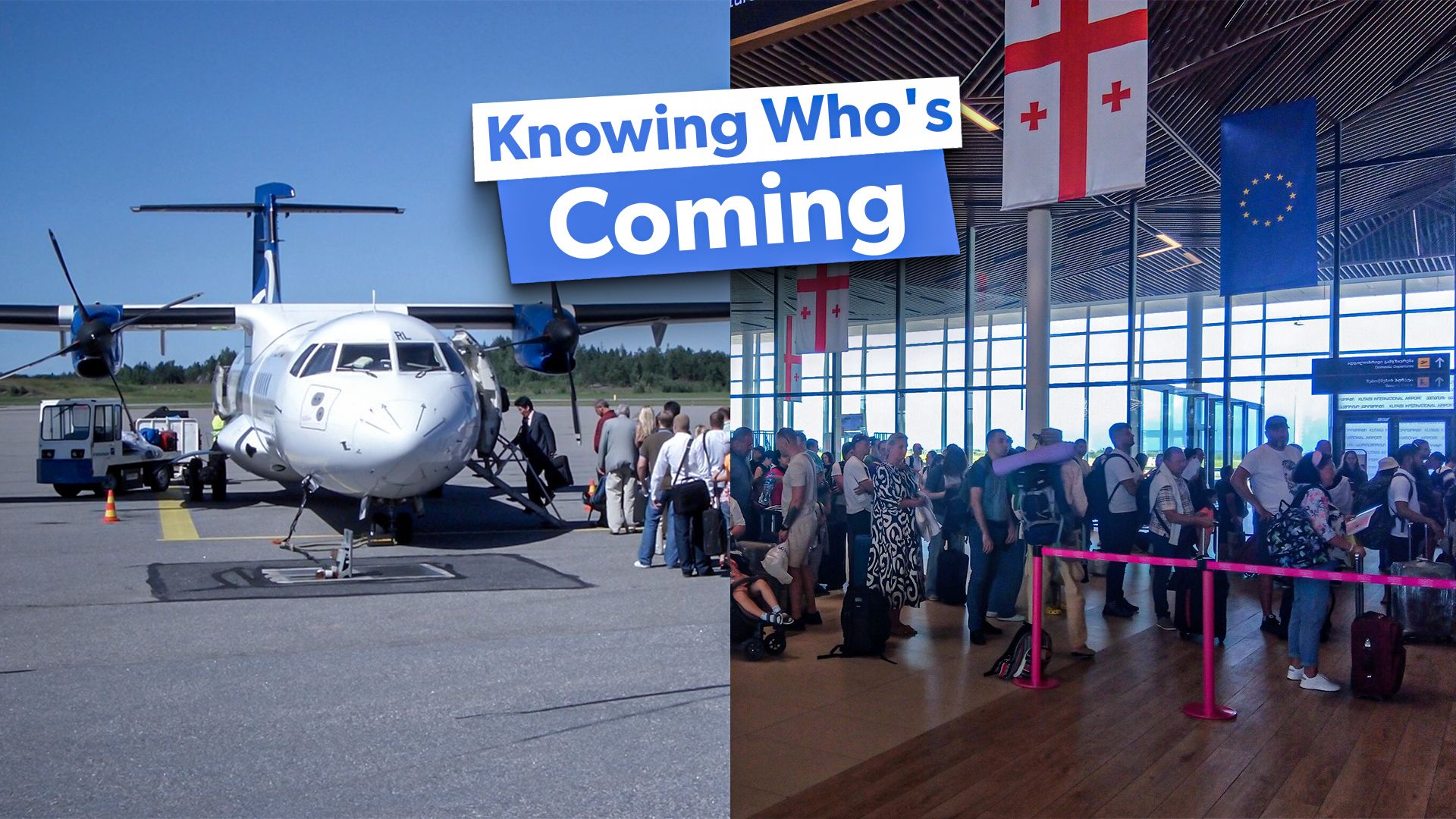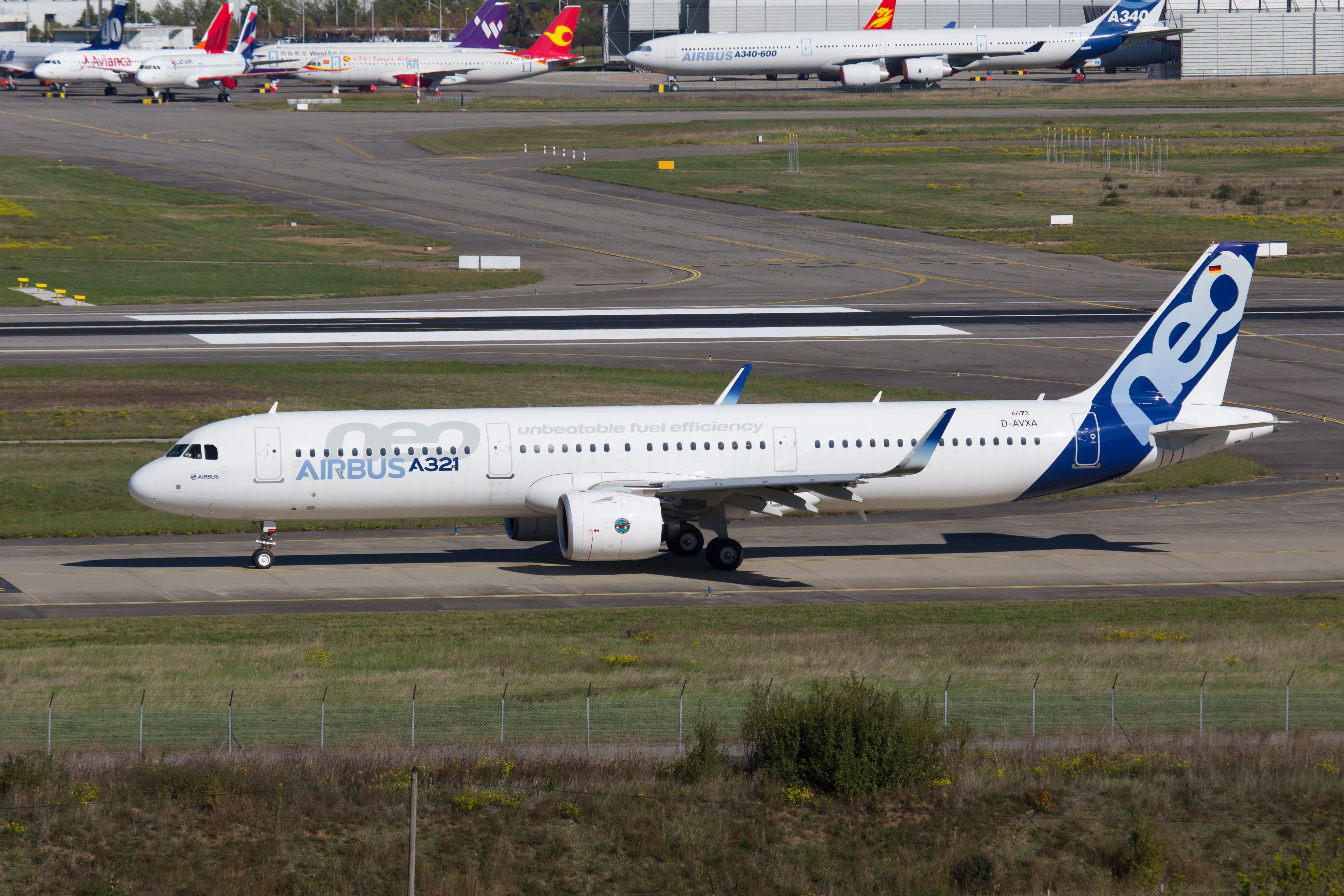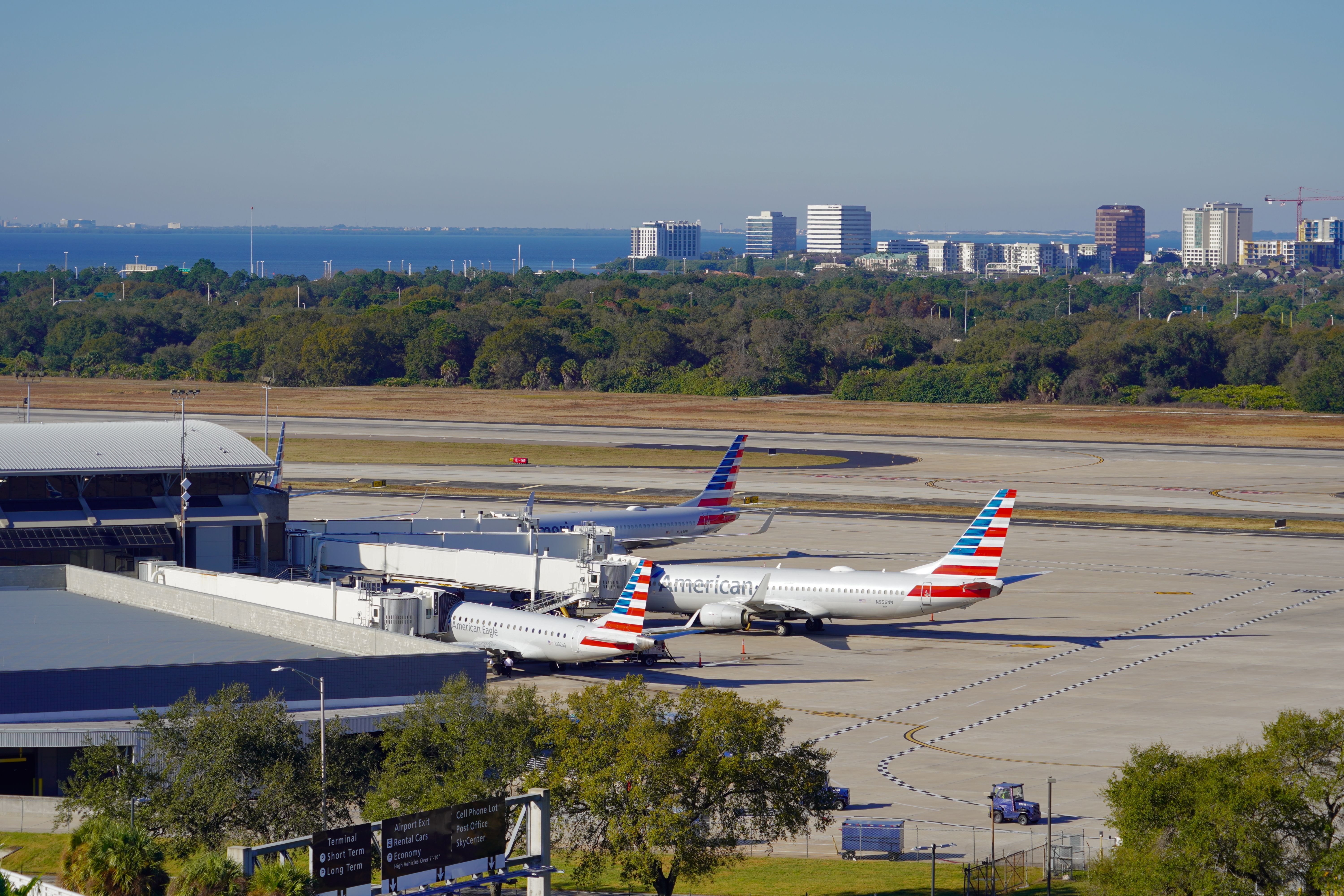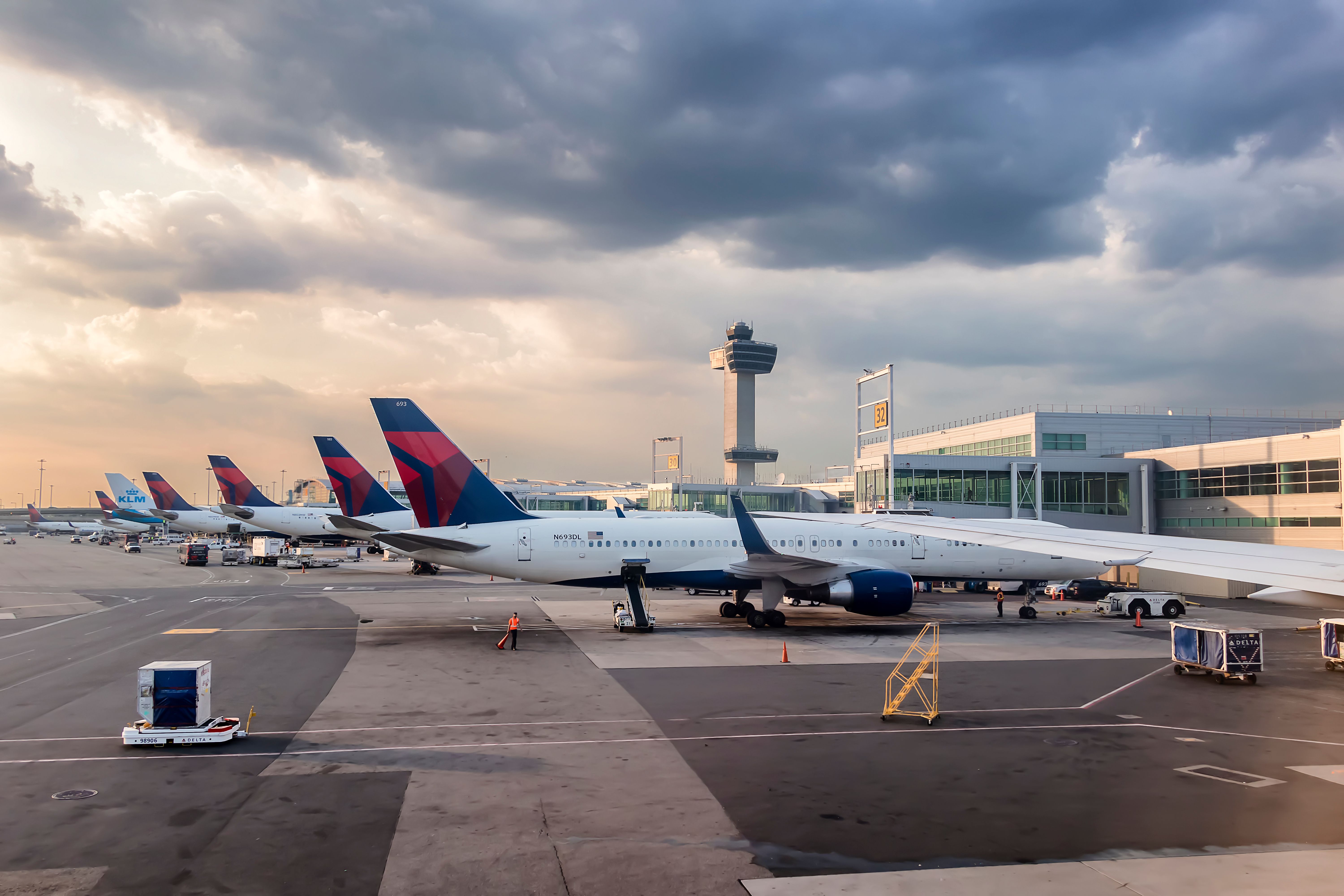Summary
- While on paper it sounds easy, predicting passenger demand is complex, involving internal and external factors.
- This could include economics, seasonality, events, quality of service, and others.
- There might be innovations coming to solving the weaknesses of the current demand forecasting models.
On paper, the airline business is pretty simple: you have to put enough people who are willing to pay enough cash or other credit, such as miles/loyalty points, on an aircraft to cover your costs and more on a route flying to one destination or the other. However, the reality is much more complex, with many variables, including external factors, influencing the success or misfortune of airlines globally.
One of these variables is demand, with commercial teams having to predict from where, to where, and when travelers will want to travel, figuring out what type of aircraft to deploy on the route. Or even if it is worth deploying an aircraft on that route during certain periods of the year, considering that seasonality has a lot of impact on when passengers choose to board an aircraft for business and/or leisure – cue the harsh Q1 demand environment in the Northern Hemisphere.
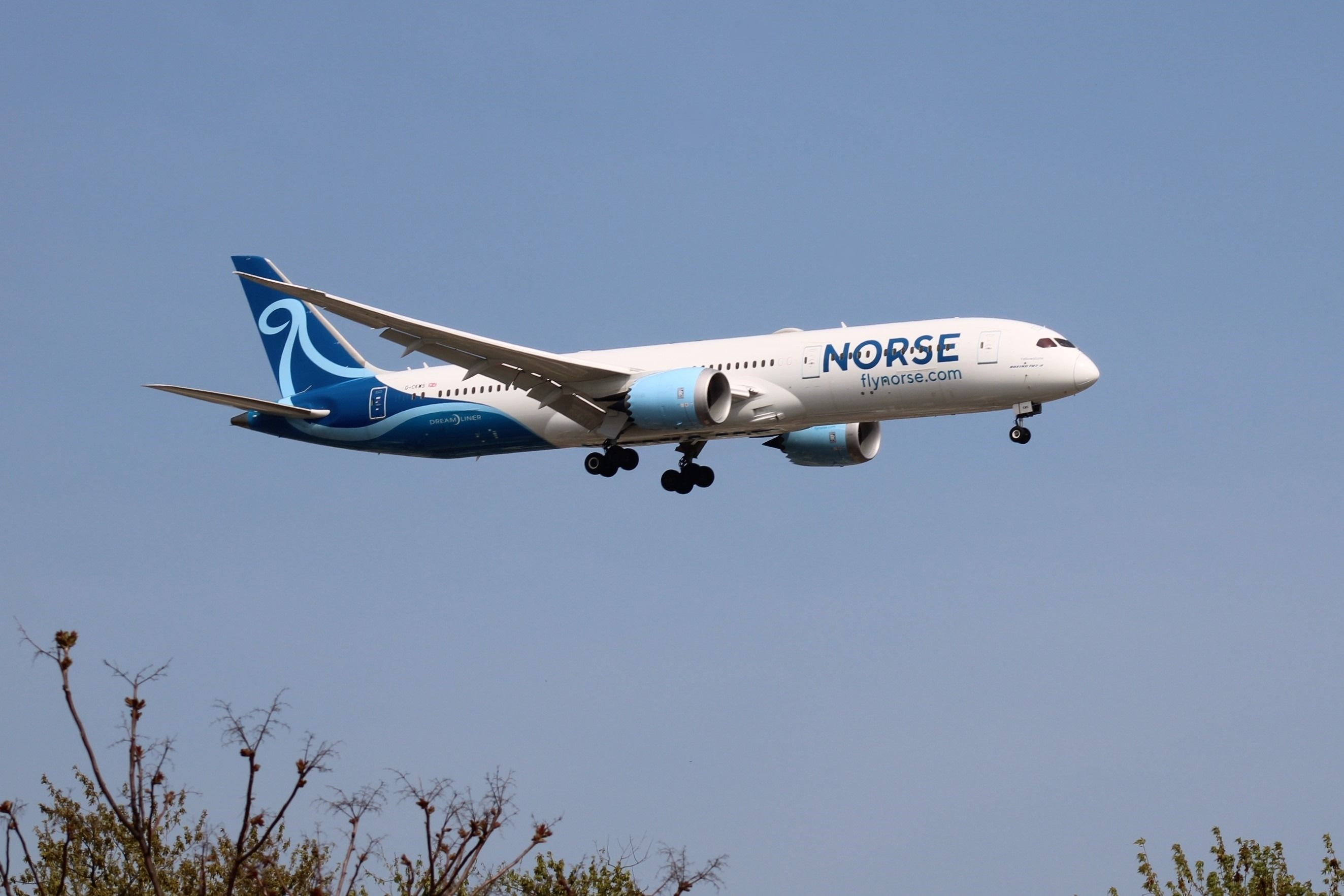
Related
Norse Atlantic Posts 97% Revenue Growth To $78.2 Million In Q1: Is It Enough?
Can Norse Atlantic finally become profitable in 2024?
Providing demand updates
For airlines, aircraft manufacturers, and airports, sharing their demand predictions publicly, especially for publicly listed companies, with investors has become the norm. Numerous United States Securities and Exchange (SEC) filings, market forecasts, and investor updates provide short-term and long-term outlooks for various stakeholders of the industry.
Airbus and Boeing have their long-term commercial aircraft market forecasts, predicting how much demand there will be for their products in the next few decades. The former’s latest Global Market Forecast (GMF) estimated that the global general domestic product (GDP) would experience a compound annual growth rate (CAGR) of 2.5% until 2042, with the world’s population growing by 1.5 billion people by 2042.
Photo: Skycolors | Shutterstock
As a result, the global aircraft fleet should grow from 22,880 aircraft at the beginning of 2020 to 46,560 by 2042, with 40,850 of those aircraft being newly delivered to airlines. Meanwhile, Boeing has predicted that in the next 20 years, carriers will need 42,595 new aircraft, meaning that, in total, airlines could operate up to 48,575 aircraft by 2042.
Meanwhile, airlines provide much shorter outlooks for their investors. For example, United Airlines’ SEC filing issued following the airline’s Q1 2024 results publication stated that it expected its adjusted diluted earnings per share (EPS) to be $3.75 to $4.25 in Q2, being $9 to $11 for the full year. On May 28, the airline reiterated its guidance.
In comparison, Spirit Airlines’ investors update for Q2 and 2024, filed the same day it published its Q1 2024 results, depicted that the low-cost carrier expected to earn between $1.32 billion and $1.34 billion in Q2, with an adjusted operating margin of -11% to -9%. Meanwhile, its capacity estimates for Q2 and 2024 were as follows:
|
Q2 2024 estimate |
2024 estimate |
|
|
Availabe seat mile (ASM) change year-on-year (YoY) |
around 2% |
flat up to low-single digits |
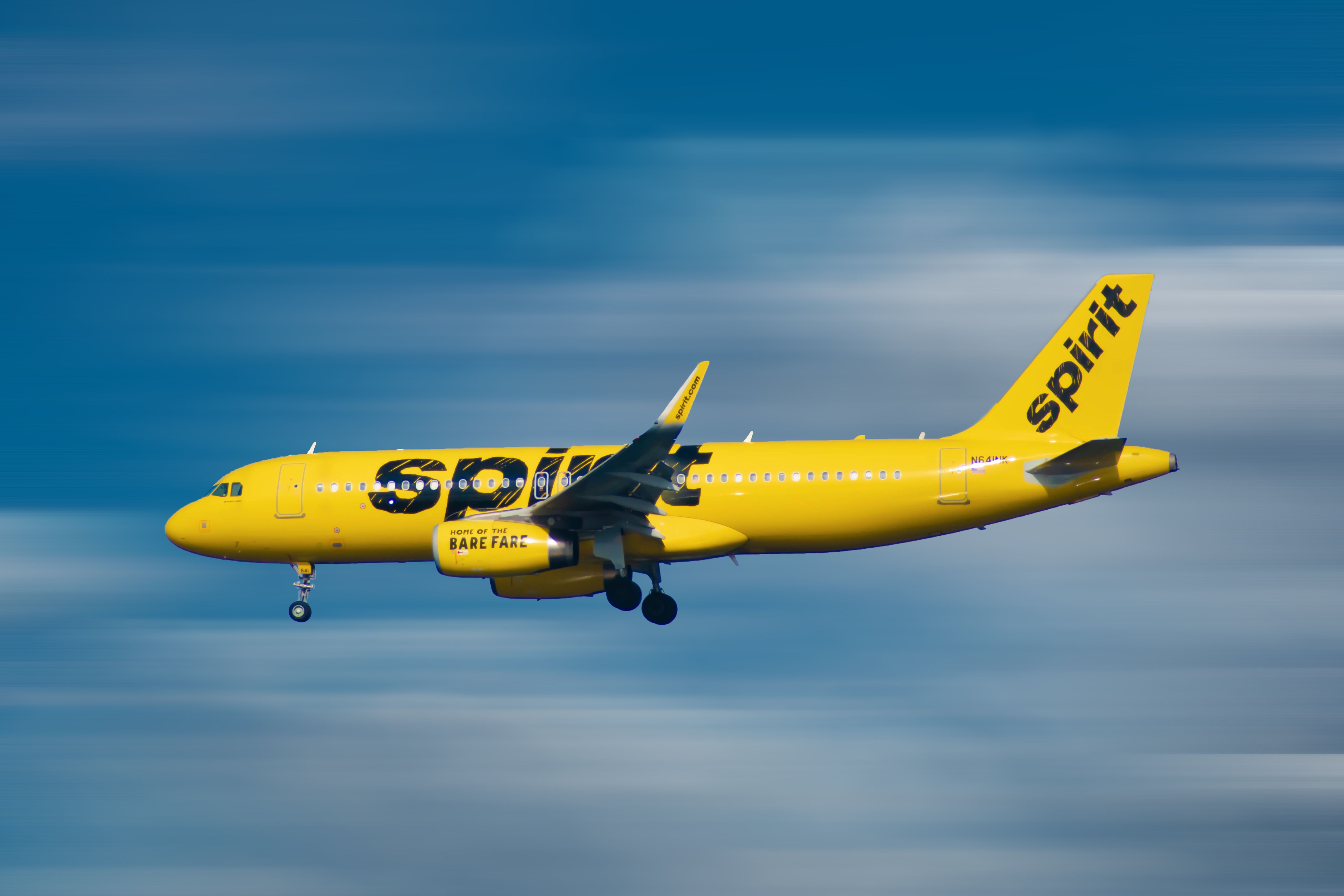
Related
Frontier and Spirit Airlines: Did Overly Ambitious Growth Shape Their Present Struggles?
Both Frontier Airlines and Spirit Airlines have added a lot of capacity to the domestic US market, including on flights to Florida.
Identifying demand
So, how does Spirit Airlines, as well as other industry stakeholders, identify where to fly in order to earn revenue, considering that, at the end of the day, it is a guessing game? According to one study, passenger demand for travel can be split between economic, demographic, social, seasonality, events, and quality of service factors.
Photo: Feng Cheng | Shutterstock
For example, seasonality was exemplified through holidays and festivals. Without looking at Spring Break dates, it can become very obvious when the holiday falls in the US, considering how many domestic flights airlines have scheduled to Florida, according to data from the aviation analytics company Cirium, displayed below.
|
Weekly flights |
Seas |
Available seat kilometers (ASK) |
|
|---|---|---|---|
|
January 2024 |
13,132 |
2.1 million |
3.4 billion |
|
February 2024 |
14,274 |
2.3 million |
3.7 billion |
|
March 2024 |
15,077 |
2.5 million |
3.9 billion |
|
April 2024 |
13,523 |
2.2 million |
3.3 billion |
|
May 2024 |
12,773 |
2 million |
3.1 billion |
|
June 2024 |
12,419 |
2 million |
3 billion |
The same trend showed up while looking at data for 2023, with flights, seats, and ASKs starting out at 11,886, 1.9 million, and 3 billion, respectively, in January 2023. By March 2023, domestic flights to Florida grew to 13,652, amounting to 2.2 million seats, and 3.5 billion ASKs, dropping to 11,885 flights, 1.9 million seats, and 2.9 billion ASKs by June 2023.
At the same time, airlines can stimulate demand. As pointed out by another study, the creation of a flight crew base “tends to induce additional travel demand,” yet could also result in a high market concentration for the airline operating the base and diminishing the competition, potentially resulting in higher fares.
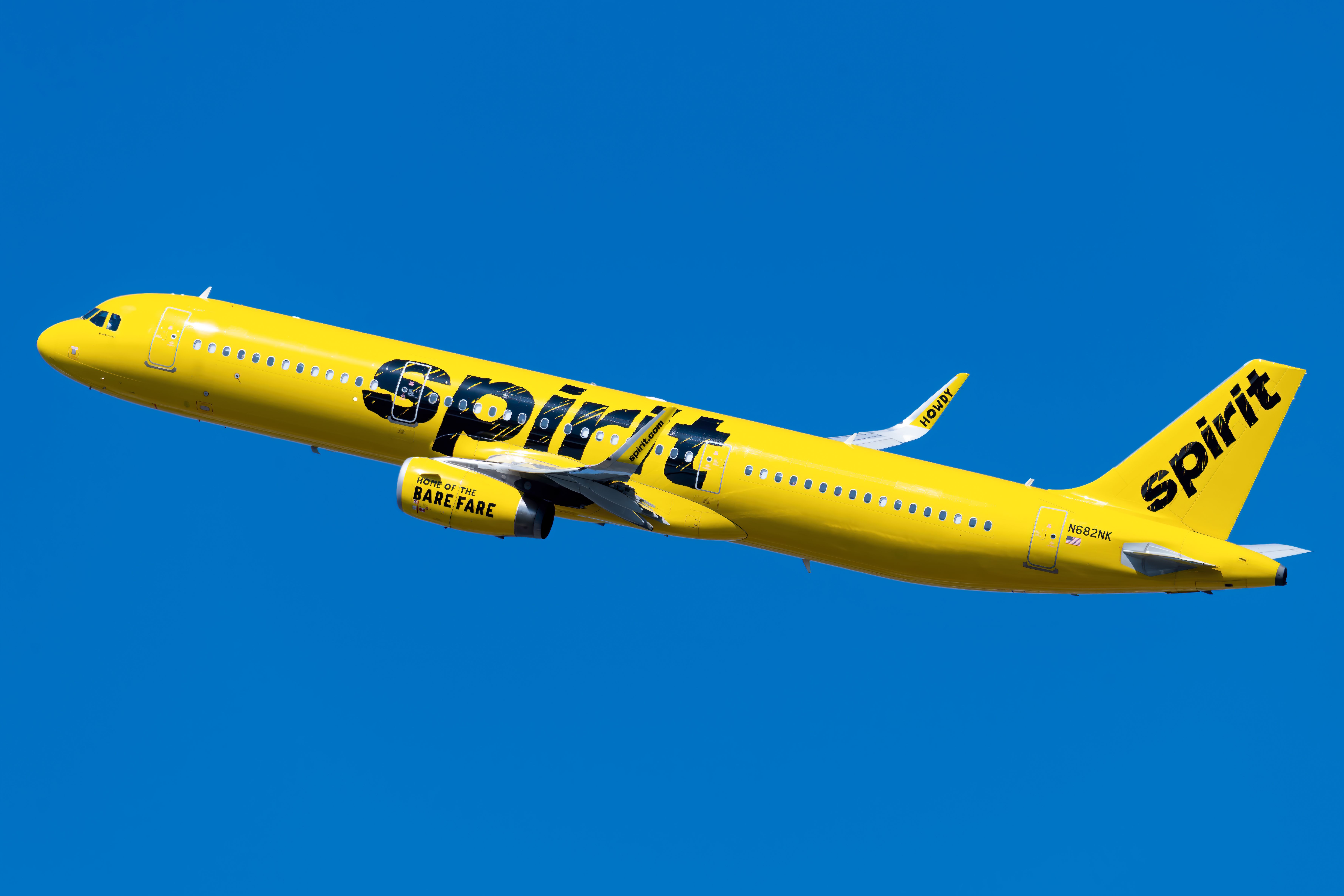
Related
Focus On Florida: Spirit Airlines Loses Ground As Competitors Expand In The Popular Tourist Market
The airline has removed routes that face significant competition from major airlines in favor of expanding from strongholds like Fort Lauderdale.
Improving demand forecast
Mosaic ATM, a US-based company that aims to research and develop various systems to improve the National Airspace System (NAS), outlined that current demand forecasting is split between backward-looking data and forward-looking booking data.
The company pointed out that the former uses historic bookings for a particular flight, identifying seasonal variations and cyclical trends. In the end, data scientists use customers’ behavior to predict the moves they are going to make in the future.
Photo: agsaz | Shutterstock
Meanwhile, the latter’s basis is advanced bookings that have been made by passengers. The model looks at the cumulative bookings for a flight on a certain date but it does not reveal how many seats will be sold on a flight, Mosaic ATM noted. To finalize the prediction of how many passengers will purchase the remaining tickets, the booking curve is used, which shows the cumulative advance bookings made closer to the flight’s date.
“However, the two models described can be blended in such a way as to exploit each model’s strengths and compensate for its weaknesses.”
Mosaic ATM explained that it had attempted to utilize machine learning (ML) models to predict demand, resulting in innovations that were added to traditional demand forecasting techniques and providing a customized solution that increased the accuracy of forecasting demand within the airline industry.
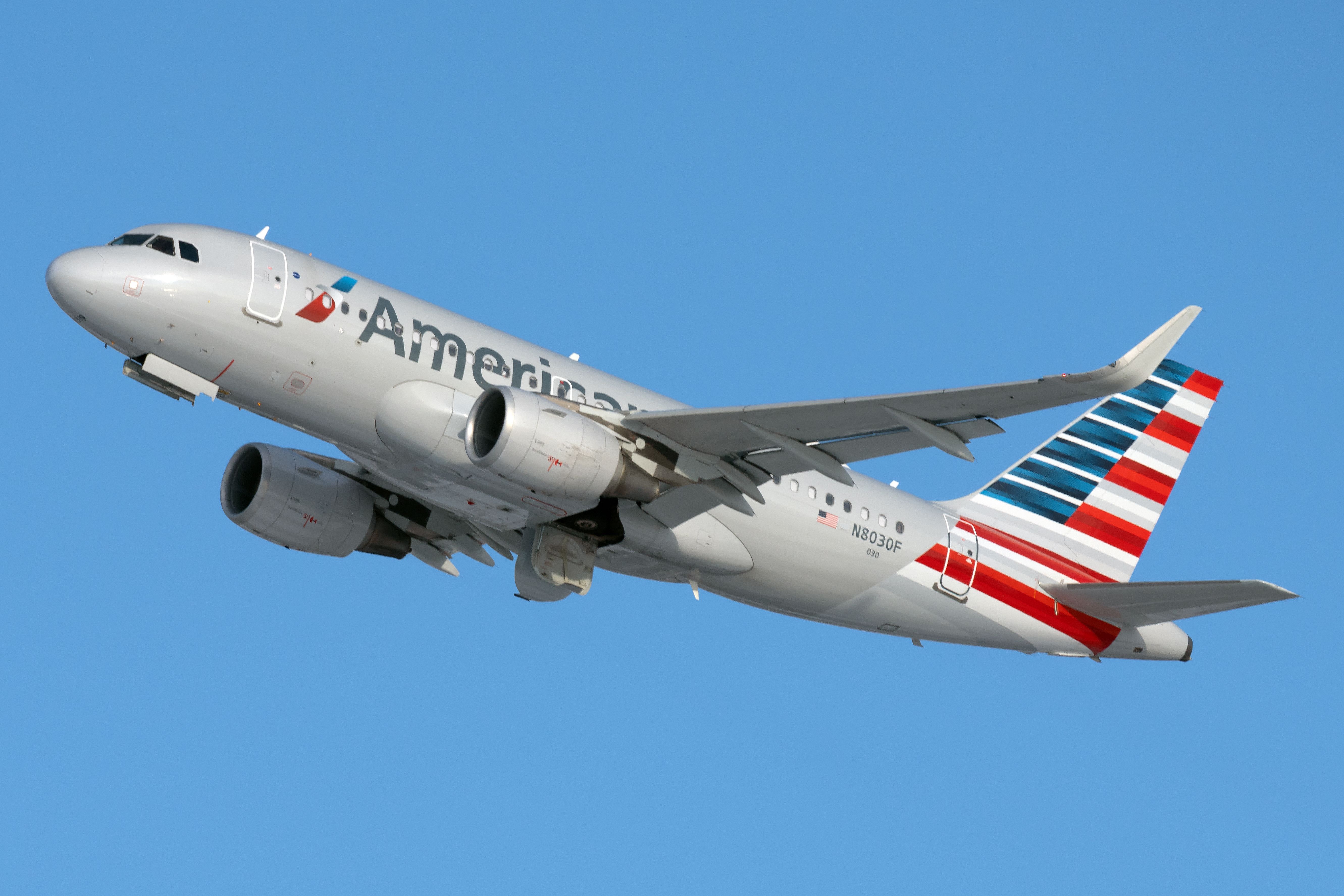
Related
New Data Reports Increase In Both Domestic And International Passenger Demand
North American demand did not increase as much as it did elsewhere.

